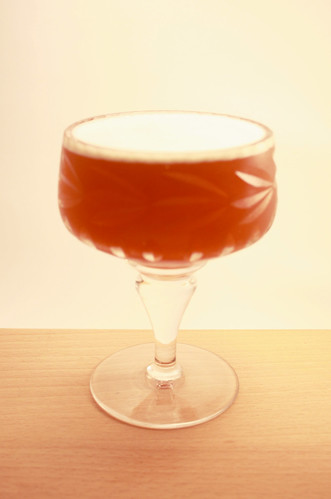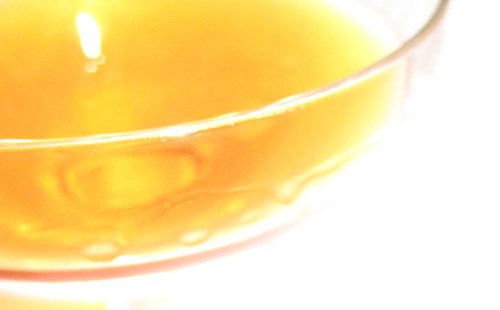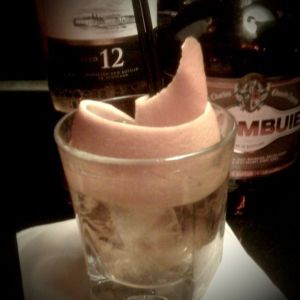Twelve: Kitchen Special No. 1
Being honest, I'm pretty cocktailed out at the moment. We're just put the finishing touches to a new drinks menu at work - featuring some of the drinks I've posted here - and I've been making the most of not thinking about combinations of spirits and liqueurs. That said, there are still times when I do want something a little more exciting than a beer or spirit/mixer. The problem here is that I'm genuinely awful at keeping my kitchen stocked. I'd save a pile of money if I actually planned meals rather than getting takeaways or eating at work. So, using whatever I had lying around the kitchen...

Kitchen Special No. 1
45ml Amsterdamsche Oude Genever
15ml Punt E Mes
15ml Elderflower Cordial
1 dash egg white
Shake all ingredients with ice and fine-strain into chilled martini glass. Garnish with a lemon zest if you've remembered to go shopping this week.







